Chinese Action Movies – A Brief History
Chinese action movies have been around far longer than most fans of the genre would suspect. In this post, we’ll be taking a brief look at the history of Chinese action films, detailing some of their most important players, and even making a recommendation or two for potential viewers. And for those readers unfamiliar with terms such as wuxia and heroic bloodshed, consider this an excellent jumping-on point.
TV episodes & movies from Netflix – now instantly to your TV! Free trial
Chinese Action Movies – The Early Years
In the early part of 20th century, wuxia novels were all the rage in China, and especially in the then-capital of Shanghai. These books traditionally featured martial artists from the lower classes undertaking exciting adventures revolving around revenge and honor. These works also included a large dose of mysticism and swordplay, something that delighted the masses. The Burning of the Red Lotus Monastery, for example, spawned a total of 18 literary sequels, and it was only a matter of time before the Chinese movie industry caught on.
As the 1920’s rolled around, wuxia novels were adapted for the big screen, and they enjoyed immense popularity for a number of years. But members of the elite class frowned on Chinese action movies, and they became less and less frequent by the 1930s.
As the 1940s drew to a close, China had found itself involved in a number of pivotal events in the country’s history. The Second Sino-Japanese War–which started in 1937–only ended with the surrender of Japanese forces at the conclusion of World War II. One year later, the bitter fighting of the Chinese Civil War resumed, and the Communist forces of the People’s Republic of China would control the mainland by 1950.
This latter event was important on a number of levels, but it also caused a change in Chinese cinema, as Hong Kong became the new focal point of the film industry. The Chinese Communist Party banned wuxia fiction and imposed a number of restrictions upon artists, forcing them to head to parts of China not controlled by the CCP, such as Taiwan and Hong Kong.
Enter the Shaw Brothers
The Shaw brothers didn’t just magically appear one day. In fact, their Shaw Brothers Studio released the first Hong Kong film with sound in 1934. But as the film industry moved away from Shanghai and the new capital of Beijing, the company owned by Runme Shaw and Sir Run Run Shaw was poised to have a major impact in Chinese action films and international cinema in general.
By the 1960s, Shaw Brothers Studio was turning out films that offered a more natural alternative to all the magic and swordplay of wuxia. Much of the fighting was hand-to-hand, and the action was bloodier and involved impressive acrobatics. This was the rise of the martial arts film, and it marked a break from the female-oriented movies that had dominated the Hong Kong market for years. Ironically, much of the inspiration for these films had come from the samurai movies of China’s ancient enemy, Japan.
Key films of the period include the following:
- Temple of the Red Lotus (1965)
- Come Drink with Me (1966)
- Tiger Boy (1966)
- Dragon Inn (1967)
- The One-Armed Swordsman (1967)
- Golden Swallow (1968)
The Rise of Golden Harvest
In 1970, Leonard Ho and Raymond Chow, two executives for Shaw Brothers, left the company and formed their own studio known as Golden Harvest. While the Shaws modeled their studio after the classic Hollywood system, Golden Harvest used a more modern approach. They wasted no time in signing away actors who were toiling in anonymity for the Shaws, including Jackie Chan. They also partnered with performers such as the Hui Brothers and Bruce Lee, men who brought fresh ideas and boundless energy to the table. By the end of the 1970s, Golden Harvest had surpassed Shaw Brothers as the top movie studio in China, and the martial arts genre would continue to dominate Asian cinema throughout the ‘70s and ‘80s.
I’d also be remiss if I didn’t mention the rise of Jet Li during this time period. Li burst onto the scene with 1982’s Shaolin Temple, and he would make 23 more films before appearing in his first American film (1998’s Lethal Weapon 4). As I write this, the Chinese wushu master has evolved into a true international superstar.
Some important films from this time period include:
- The Big Boss (1971)
- Fist of Fury (1972)
- Enter the Dragon (1973)
- Games Gamblers Play (1974)
- The Iron Fisted Monk (1977)
- Drunken Master (1978)
- The 36th Chamber of Shaolin (1978)
- Shaolin Temple (1982)
- Project A (1983)
- Police Story (1985)
Heroic Bloodshed
While martial arts movies remained popular, another sub-genre of the Chinese action film was slowly beginning to gain traction. Spearheaded by director John Woo, the heroic bloodshed films featured themes of redemption, honor, and brotherhood, with plenty of slow-motion shootouts thrown in for good measure. Chow Yun-Fat remains the actor most closely associated with this style of film, and these works have had a great impact on modern cinema, both in Asia and abroad.
A few important works in the heroic bloodshed sub-genre include:
- A Better Tomorrow (1986)
- The Killer (1989)
- Bullet in the Head (1990)
- Hard Boiled (1992)
A New Millennium
The latter years of the 20th century saw a dip in the popularity of Chinese action movies, but that would all change in 2000 with the release of Ang Lee’s Crouching Tiger, Hidden Dragon. A monster hit with Western audiences, it revitalized interest in the Wuxia genre and caused moviegoers to clamor for more. Another noted development is the tendency for Chinese, Taiwanese and Hong Kong actors and crews to collaborate on projects, a move which allows budgets comparable to that of many Hollywood productions.
Noted Chinese action movies of the last decade include:
- Crouching Tiger, Hidden Dragon (2000)
- Hero (2002)
- Infernal Affairs (2002)
- House of Flying Daggers (2004)
- Kung Fu Hustle (2004)
- The Promise (2005)
- The Banquet (2006)
- Red Cliff (2008)
- Red Cliff 2 (2009)
TV episodes & movies from Netflix – now instantly to your TV! Free trial
If you’d like to learn more about action films, you should click on one of the following links:
- 12 Good Chinese Action Movies
- English Action Movies
- Japanese Action Movies
- Action Movies – List of Action Movies
- Good Chinese Movies for Foreign Film Fans
This entry was posted on Tuesday, March 30th, 2010 at 6:04 pm and is filed under Good Movies, Thoughts on Film. You can follow any responses to this entry through the RSS 2.0 feed. You can leave a response, or trackback from your own site.
4 Responses to “Chinese Action Movies – A Brief History”
Trackbacks/Pingbacks
- Movies » Chinese Action Movies – A Brief History
- English Action Movies
- Michael Ironside Movies - Films and Projects

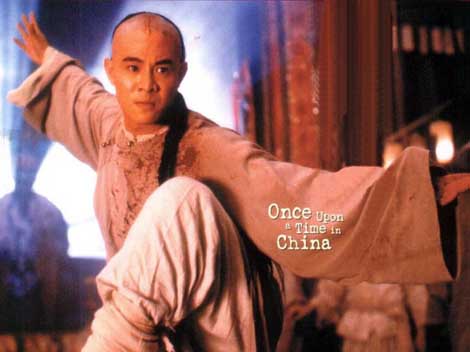
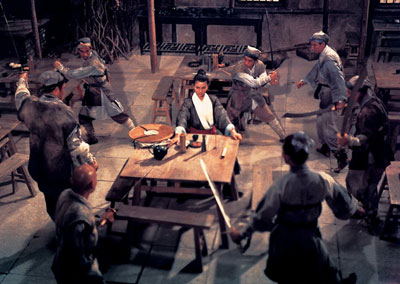
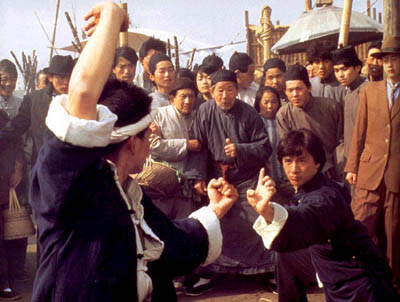
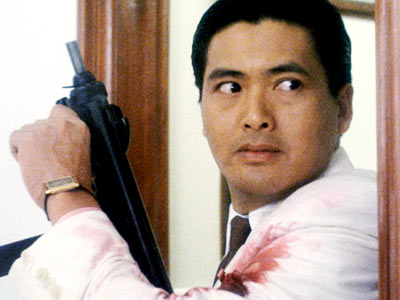
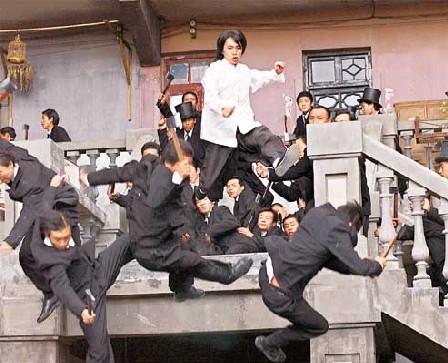
Johanna Riechers
This excellent is one of the most appropriate write-up that My partner and i have checked out till date on this particular subject matter. Literally descriptive but still to the point whilst not having virtually any nonsense.